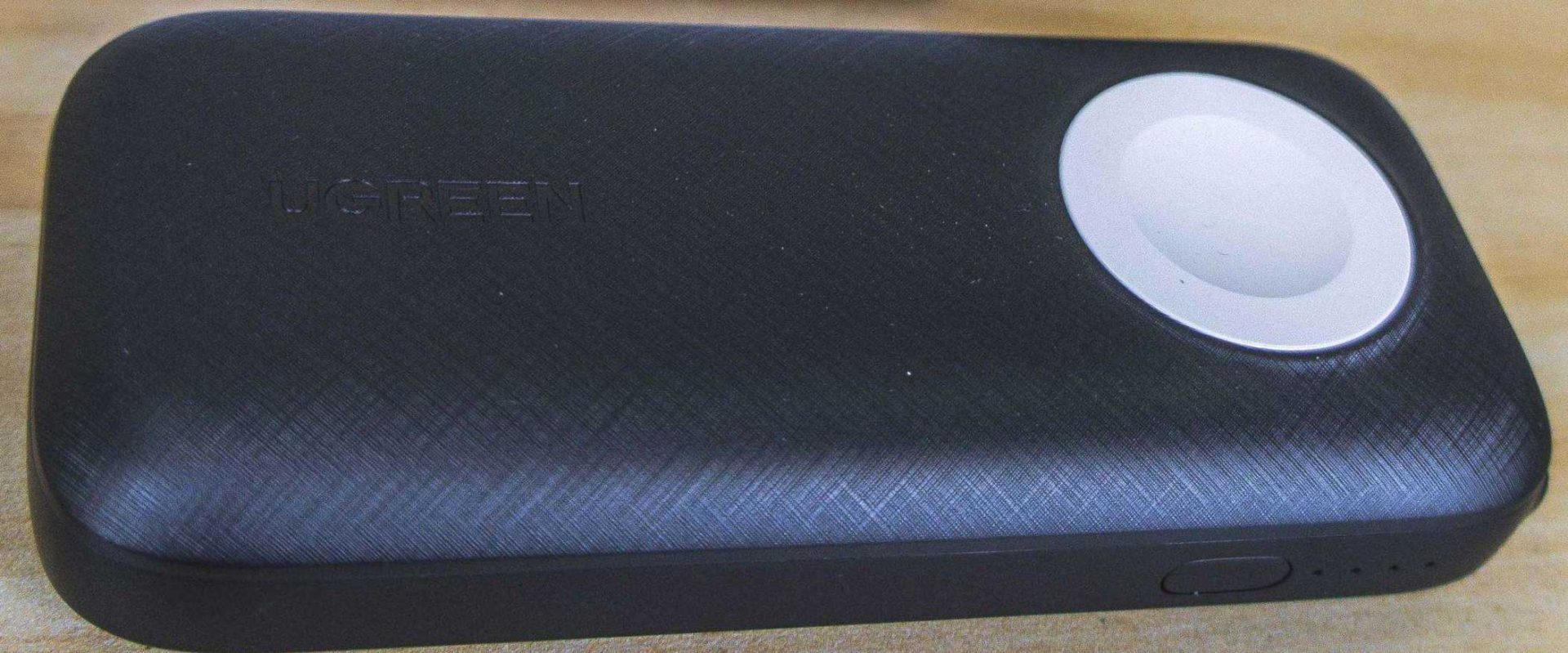When it comes to smartphones, one of the most crucial aspects that users consider is battery performance. After all, what good is a powerful device if it can’t last through the day? In this article, we will compare the battery performance of iPhones and Android devices, helping you make an informed decision when choosing your next smartphone.
Battery Capacity
Battery capacity is measured in milliampere-hours (mAh) and indicates the amount of charge a battery can hold. Generally, a higher mAh rating means a longer battery life. However, it’s important to note that battery life is influenced by various factors, including software optimization and hardware efficiency.
iPhones
Apple has always been known for its optimization prowess, and iPhones are no exception. While iPhones typically have smaller battery capacities compared to some Android devices, they often offer impressive battery life due to the seamless integration of hardware and software.
For example, the iPhone 12 Pro Max comes with a 3,687 mAh battery, yet it can easily last a full day of heavy usage. This is thanks to Apple’s efficient A14 Bionic chip and iOS optimization, which intelligently manages power consumption.
Android Devices
Android devices, on the other hand, come in a wide range of options with varying battery capacities. Some Android smartphones boast massive battery capacities, such as the Samsung Galaxy S21 Ultra with its 5,000 mAh battery.
However, due to the fragmented nature of the Android ecosystem, battery performance can vary significantly between different devices. Manufacturers often customize the Android operating system, which can impact power efficiency. Additionally, some Android devices may have resource-intensive user interfaces or background processes that drain the battery faster.
Software Optimization
As mentioned earlier, software optimization plays a crucial role in battery performance. Let’s take a closer look at how iPhones and Android devices handle power management.
iPhones
iOS, the operating system powering iPhones, is renowned for its efficient power management. Apple’s tight control over both hardware and software allows for seamless integration and optimization. iOS intelligently manages background processes, app refresh rates, and system resources to minimize battery drain.
Furthermore, iOS provides users with detailed battery usage statistics, allowing them to identify power-hungry apps and make necessary adjustments to extend battery life.
Android Devices
Android, being an open-source platform, offers more flexibility for manufacturers to customize the operating system. While this allows for innovation and diversity, it can also lead to inconsistencies in power management.
However, Google has been actively working on improving power efficiency with each Android update. Android 11, for instance, introduced “Battery Share,” a feature that limits background activity for rarely used apps, resulting in improved battery life.
Charging Options
Apart from battery performance, charging options are also essential to consider. Let’s explore the charging capabilities of iPhones and Android devices.
iPhones
iPhones support fast charging, allowing you to quickly recharge your device when needed. With the appropriate charger, you can charge your iPhone to 50% in around 30 minutes. Additionally, some newer iPhone models also support wireless charging, providing convenience and flexibility.
Android Devices
Similar to iPhones, many Android devices offer fast charging capabilities. However, the charging speeds and supported technologies can vary between manufacturers and models. Some Android smartphones even support ultra-fast charging, allowing you to top up your battery in a matter of minutes.
Conclusion
In conclusion, both iPhones and Android devices have their strengths when it comes to battery performance. iPhones excel in software optimization and power management, often providing impressive battery life despite smaller capacities. On the other hand, Android devices offer a wide range of options, with some models boasting massive battery capacities.
When choosing between the two, consider your usage patterns, software preferences, and charging needs. Ultimately, the best smartphone for you will depend on a combination of factors beyond just battery performance.
Remember, battery life can also be influenced by individual usage habits, such as screen brightness, app usage, and network connectivity. By understanding these factors and making an informed decision, you can ensure that your smartphone meets your battery life expectations.

